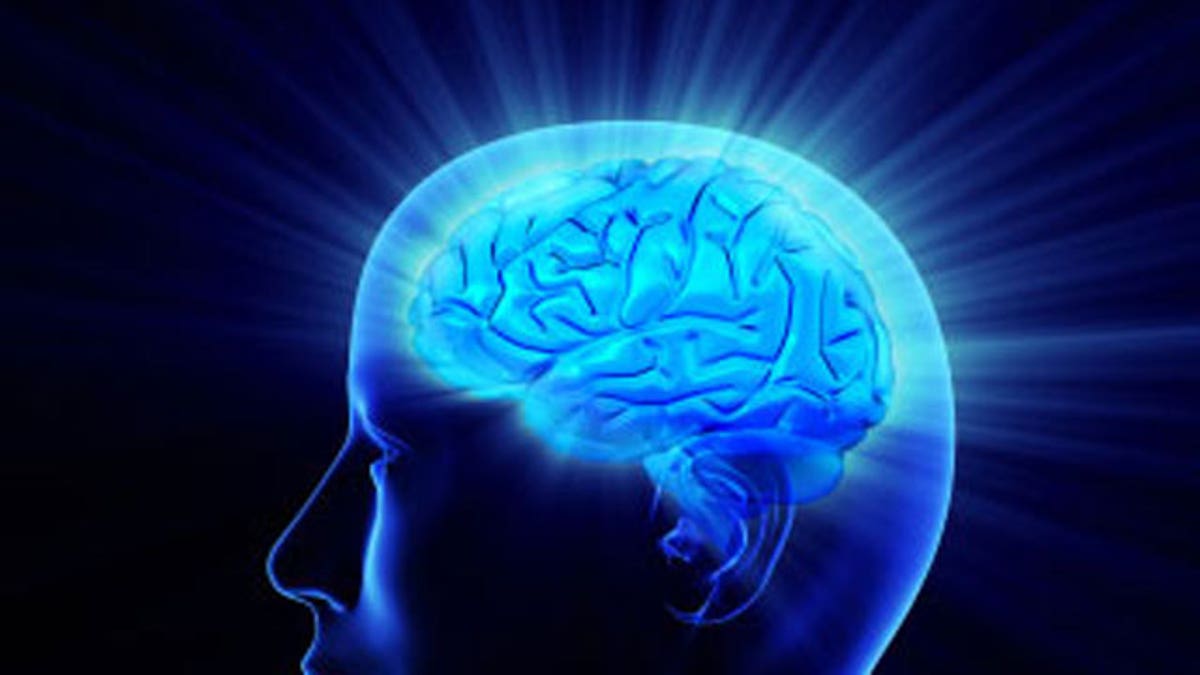
When Ron White decided to get serious about being the U.S. memory champion, he approached the task like a military mission.
He hired a former Navy SEAL to train him the way SEALs train for war: by making his practices so tough the competition would seem easy.
He practiced memory drills while doing jumping jacks, standing on a wobble board and underwater wearing snorkel gear in a public pool—anywhere that would be distracting.
"I had to worry about breathing and floating and the volleyball from the game next to me," said 38-year-old White, who lives in Dallas and speaks about memory for a living. "I had people looking at me like I was insane."
White went on to win the USA Memory Championship in both 2009 and 2010, reeling off lengthy lists of memorized numbers and the order of playing cards in a deck.
But in 2011, he was bested by Nelson Dellis, a former software developer from Miami who says he used to constantly forget where he had parked his car, and became obsessed with improving his memory after his grandmother died of Alzheimer's disease.
Now, White and Dellis are prepping for a rematch in New York on Saturday at the 2012 championship, the 15th year of the competition. "This year, I've got nothing to lose," said White. His new strategy is to relax and have fun.
Dellis, 28, not so much. He has kicked his training into high gear and for the past month has been practicing memorizing faces and names, cards and numbers during all his waking hours.
Both men use a technique they say is popular with memory fanatics, a method known as loci, which means places, thought to be used by the ancient Romans and Greeks. The theory is that the brain is best equipped to remember images and locations, because this information is evolutionarily useful, say, in helping humans remember which trails through the woods lead back home.
By turning names, facts and figures into pictures and then anchoring these images in the mind using familiar locations, such as one's house, one needs only to "walk" through his house mentally to remember where the image was placed.
"It's such an addicting hobby-slash-sport," said Dellis. "When you start the techniques, you don't believe it [is going to work]. When you see the results, you feel like you have a superhuman power."
One key is to move through the location the same way each time to place each memory in order. Using a house, it might be front door, hall mirror, coffee table, etc. To remember a grocery list, imagine, say, the eggs smashed on the front door, the bread reflected in the mirror and the orange juice spilling on the table.
Some anchor their memories on the golf course (the tee box, fairway and green for each hole are natural locations). Others use the trip to school or to visit their grandfather. One past memory championship competitor would move her fingers as she recalled information because she played the piano and was scoring music to remember streams of numbers, said Tony Dottino, a founder of the tournament.
The more outrageous or evocative the picture, the easier the word is to recall, experts say. For instance, to remember a grocery list that includes milk, one might imagine milk spewing from the TV—the location anchor.
Proponents say these memory techniques have uses beyond merely wowing people. They can help business types give speeches without notes, and students memorize facts for tests.
They can even improve your social life by making it easier to remember the names of people you meet at a cocktail party. At a recent talk in Mexico City, White demonstrated his abilities before a crowd of about 2,000, memorizing dozens of names in the audience.
People can recall the faces of people they have met only briefly. "Big deal, my dog remembers faces," quipped White. That ability can be exploited, he said, by identifying a unique characteristic of somebody's face—it could be eyes, nose or beard—and then tucking an image associated with the name into that location. For instance, Ron may be associated with rum, Jeff with chef. White has 300 names with images already cataloged in his mind. The image linked to the name is then "stored" in that distinctive spot on the individual's face.
